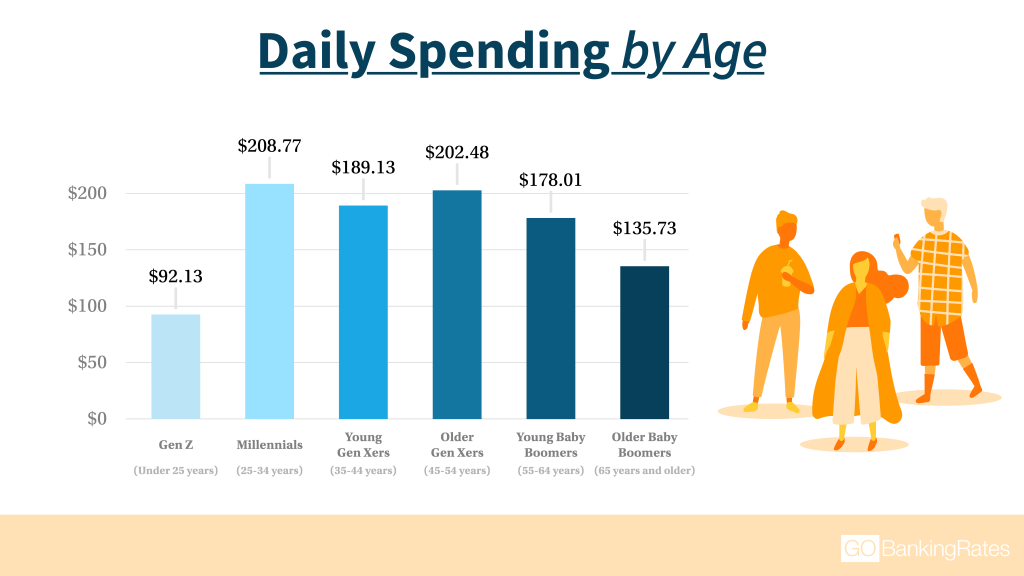Minimalism acts as a refreshing antidote to a fast-paced, consumer-driven world, offering a straightforward, stress-free, and sustainable way of life. It encourages digital minimalism, do-it-yourself projects, mindful spending, and smaller living spaces. By focusing on quality over quantity, adopting a simpler diet, utilizing the sharing economy, and practicing mindful consumption, we can simplify our lives and save significantly. This guide explores these facets of minimalism, providing practical tips and insights to help you embrace this lifestyle, reduce your environmental footprint, and boost your financial health. Get ready to declutter, simplify, save, and thrive.
1. Embrace Decluttering: The First Step to Minimalist Living
Decluttering is one of the most immediate ways to adopt a minimalist lifestyle. Minimalism is all about simplifying life, focusing on what truly matters, and decluttering is a physical manifestation of this process. We can create more room for clarity, focus, and simplicity by removing excess possessions from our living spaces. This could lead to significant savings by discouraging unnecessary purchases. Letting go of the items you don’t need, use, or love may be challenging, but remember, every item removed is a step towards a simpler, less stressful life.
2. Mindful Spending: The Key to Financial Freedom
Minimalism isn’t about never spending money; it’s about mindful spending. By separating ‘needs’ from ‘wants,’ you can prioritize your expenditures based on essentials instead of whims. Personal finance minimalists scrutinize every purchase, considering whether it aligns with their core values and contributes to their overall happiness. As a result, you will naturally save more money and become more financially independent.
3. Digitize to Minimize: Saving Space, Time, and Money
With technological advancements, it’s easier than ever to digitize various aspects of life. From ebooks to digital files, streaming services to online payments, digital solutions can help minimize physical clutter while also saving money. For instance, switching from physical books to ebooks reduces physical space and can be more cost-effective in the long run. Similarly, utilizing online payment systems can help track spending and save on transaction fees.
4. DIY Approach: Minimalism as a Creative Journey
Do-It-Yourself (DIY) is integrally linked to minimalism. Refurbishing, creating, or repurposing things is a cost-effective alternative to buying new items and hiring professionals. It’s a sustainable practice that can be creatively fulfilling and empowering. The DIY approach helps simplify life and promote frugality by fostering self-reliance and resourcefulness.
5. Quality Over Quantity: The Minimalist Shopping Mantra
When embracing minimalism, remember the principle of quality over quantity. Rather than amassing a large quantity of cheap, disposable items, invest in fewer, higher-quality items that are built to last. This practice reduces waste, supports ethical manufacturing practices, and ultimately leads to financial savings. By considering the lifespan of a product before purchasing, we can make more sustainable and economically sound choices.

Credit: sunmark.org
6. Simplifying Diet: The Minimalist Approach to Nutrition
Minimalism in nutrition doesn’t mean compromising on taste or nutrition. The goal should be to declutter your diet, eat whole foods that are nutrient-dense, and eliminate unnecessary extras. It’s like removing the noise in your nutritional intake to highlight the most healthful symphony.
A minimalist diet may revolve around core ingredients like lean proteins, fruits, vegetables, whole grains, and healthy fats. These nutrient powerhouses nourish the body and can lead to significant savings on your grocery bill, especially when you start avoiding overly processed, expensive food items.
Part of this minimalist approach is meal planning and prepping, which involves planning and preparing your meals in bulk. This strategy can help to reduce food waste and avoid impulse purchases, leading to substantial savings.
Remember, minimalism in nutrition is a flexible concept. It’s not about strict rules or deprivation but about finding the best balance for you. By simplifying your diet, you make room for better health, clarity, and more savings, effectively hitting the sweet spot of a minimalist lifestyle.
7. Living Small: The Minimalist Housing Trend
The ‘Living Small’ movement has increasingly become an emblem of the minimalist lifestyle, offering a refreshing break from the conventional ‘bigger is better’ philosophy. Opting for compact, efficient spaces like tiny houses, micro-apartments, or shared living arrangements encourages financial savings and sustainable living.
Choosing a smaller living space means significantly lower costs related to rent or mortgage, utilities, and upkeep. It facilitates financial freedom, enabling you to allocate resources to experiences, investments, or causes that genuinely enrich your life. It simplifies the housing equation: less space equals less stuff, less maintenance, less stress, and more savings.
Moreover, the movement towards smaller homes aligns with the broader principles of minimalism. It fosters conscious consumption as every item brought into a compact space must serve a purpose or provide joy. It’s not just about physical but mental space, too, with decluttered surroundings helping promote peace of mind.
Ultimately, living small is about redefining success, and recognizing that happiness isn’t derived from your house size but the quality of your life. So, embrace the minimalist lifestyle, simplify, save, and enjoy the freedom of living small.
8. Utilize Sharing Economy: Minimalism in the Modern World
The rise of the sharing economy perfectly aligns with minimalist principles. This model encourages the shared use of goods and services, effectively reducing individual ownership. From rideshares like Uber to home-sharing platforms like Airbnb, the sharing economy allows us to access items we need without the responsibility and cost of ownership. Participating in the sharing economy can help streamline our lives, decrease our carbon footprint, and save considerable money. This modern form of minimalism highlights that experiences and services matter more than possessions, redefining our relationships with material goods in a profoundly meaningful way.
9. Mindful Consumption: Minimalism and the Environment
Mindful consumption is an essential aspect of minimalism that positively impacts our wallets and the planet. Conscious consumption reduces waste, reduces environmental impact, and saves money. It involves thinking carefully about what we buy, where it comes from, and how it is made. It might mean choosing products with less packaging, opting for second-hand items, or supporting companies with sustainable practices. Mindful consumption encourages us to live simply, consume less, and appreciate more, aligning perfectly with the minimalist philosophy. Ultimately, it’s about understanding that every purchase has an environmental and financial cost, and our consumption habits should reflect this knowledge.






Add Comment